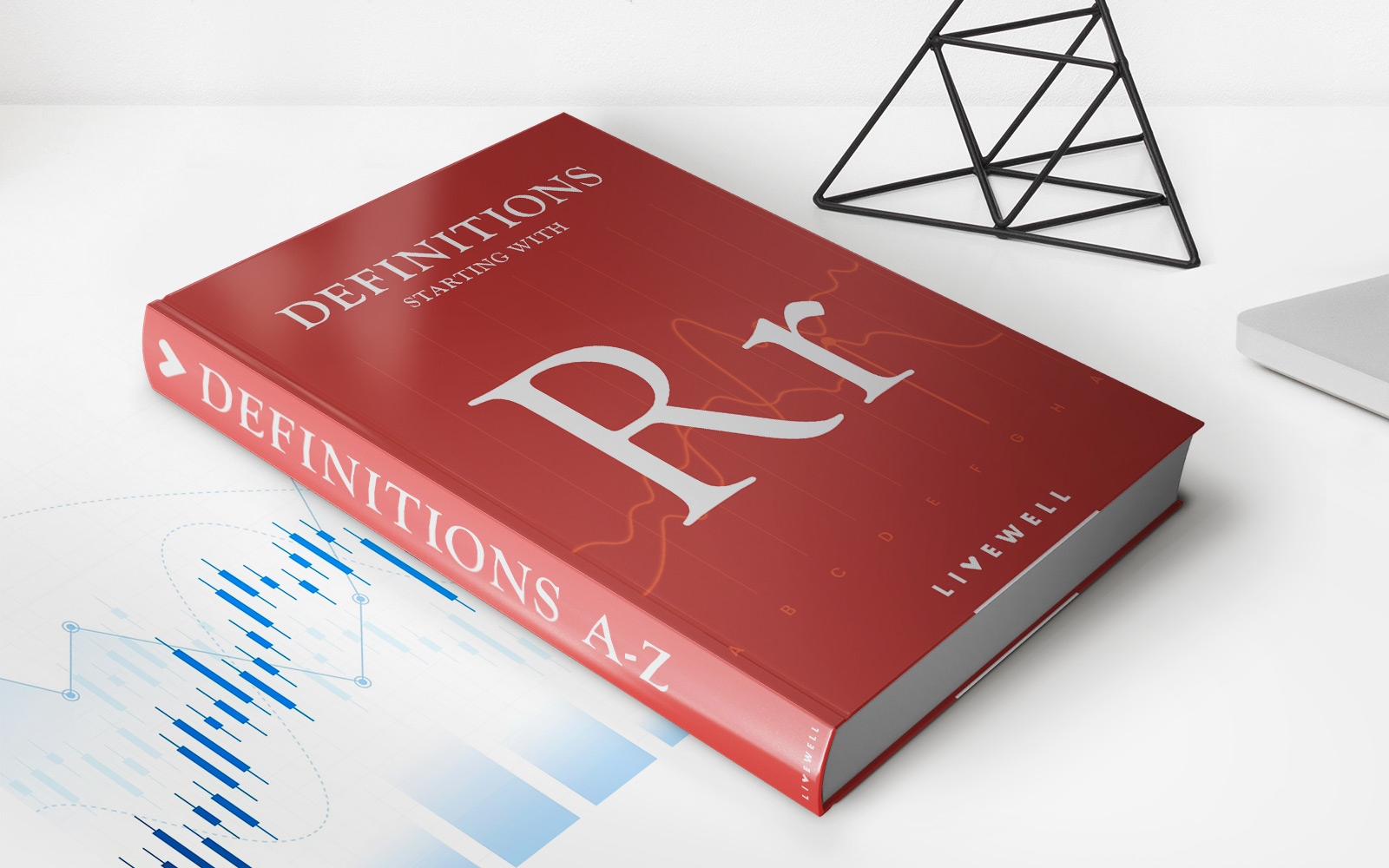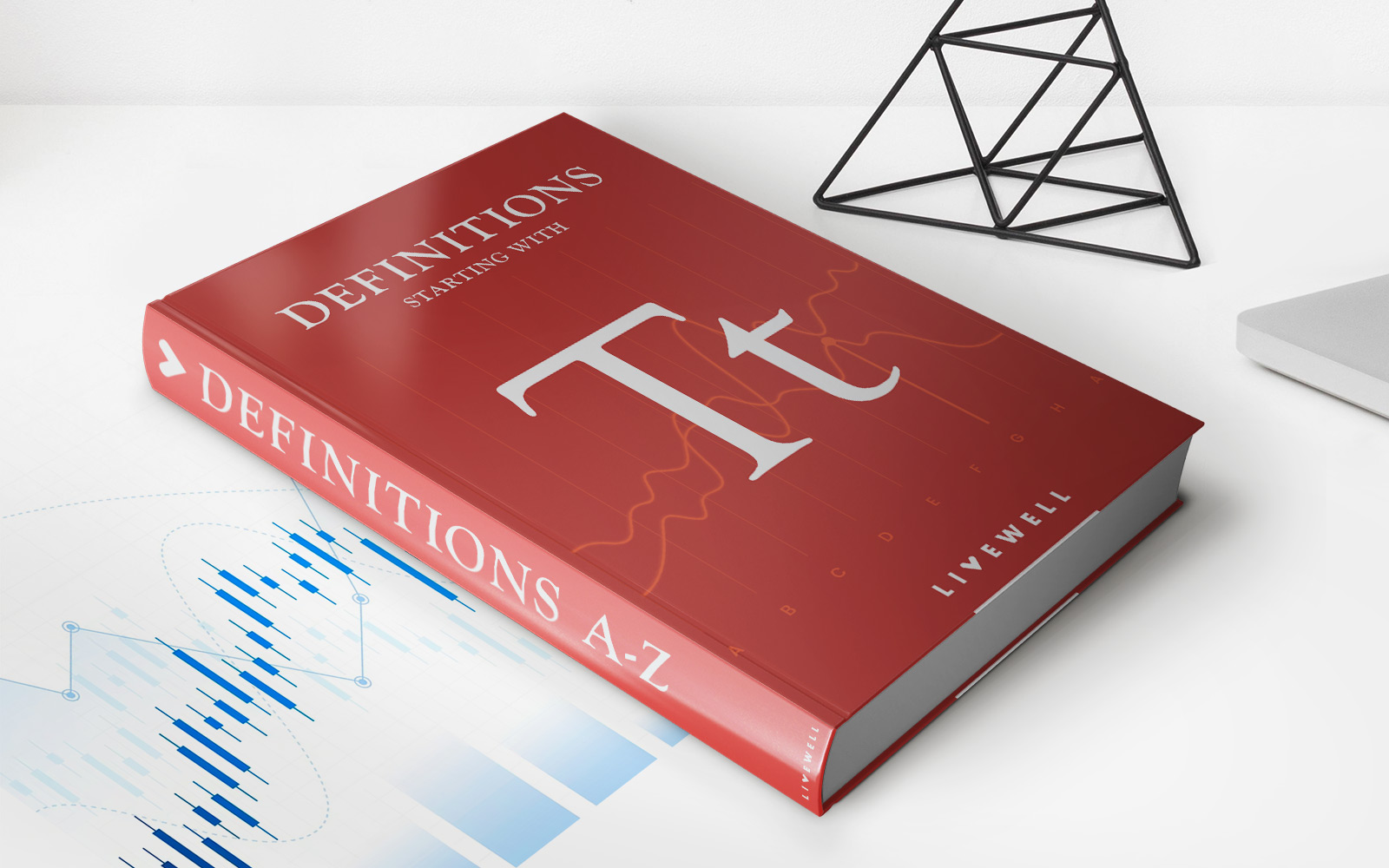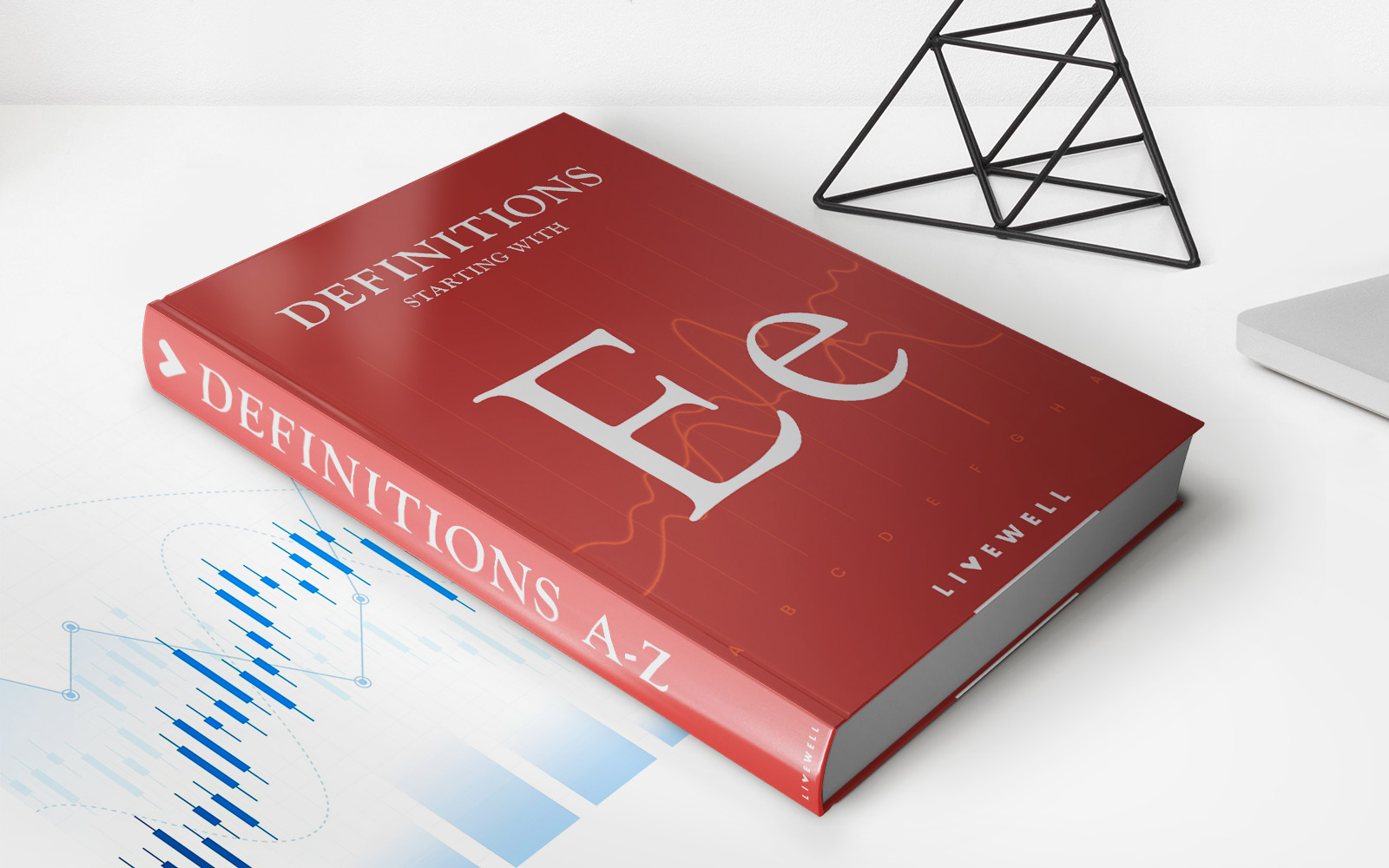Home>Finance>Civil Service Retirement System (CSRS) Definition


Finance
Civil Service Retirement System (CSRS) Definition
Published: October 27, 2023
Looking for the definition of Civil Service Retirement System (CSRS) in the field of finance? Find out all you need to know about CSRS in this comprehensive guide.
(Many of the links in this article redirect to a specific reviewed product. Your purchase of these products through affiliate links helps to generate commission for LiveWell, at no extra cost. Learn more)
Understanding the Civil Service Retirement System (CSRS)
Are you curious about the Civil Service Retirement System (CSRS)? If you’re a federal employee or someone interested in learning more about retirement options, this blog post is for you. In this article, we’ll delve into the definition of the CSRS, its benefits, and how it works. Let’s get started!
Key Takeaways:
- The Civil Service Retirement System (CSRS) is a retirement plan for eligible federal employees.
- It provides annuity benefits based on an employee’s length of service and average highest salary.
What is the Civil Service Retirement System (CSRS)?
The Civil Service Retirement System (CSRS) is a retirement plan established for federal employees who were hired before January 1, 1984. It is one of the two primary retirement systems in the United States federal government, with the other being the Federal Employees Retirement System (FERS).
Under CSRS, eligible federal employees contribute a portion of their salary into the retirement fund, and the government matches these contributions. This forms the basis of the retirement benefits they will receive in the future. The CSRS provides annuity benefits, which are designed to provide employees with a steady stream of income during their retirement years.
When it comes to calculating the annuity benefits in the CSRS, two factors come into play:
- Length of Service: The longer an employee has worked in the federal government, the higher their annuity benefits will be. This encourages individuals to spend a significant portion of their careers in public service.
- Average Highest Salary: The CSRS calculates an employee’s annuity based on their average highest salary over a consecutive 36-month period. This means that the higher an employee’s salary, the higher their annuity benefits will be.
It is important to note that while the CSRS offers generous retirement benefits, it is a defined benefit plan. This means that the amount of the annuity is predetermined and not dependent on the investments made by the employee. The CSRS provides a secure and predictable retirement income for federal employees.
In Conclusion
The Civil Service Retirement System (CSRS) is a retirement plan specifically designed for federal employees hired before January 1, 1984. It offers annuity benefits based on an employee’s length of service and average highest salary. With its defined benefit structure, the CSRS provides a reliable and stable retirement income for federal employees.
Whether you’re navigating the complexities of the CSRS or simply exploring your retirement options, understanding the basics of the system is crucial. Hopefully, this article has shed some light on what the CSRS is and how it works. As always, it’s important to consult with a professional financial or retirement advisor for personalized guidance.
Stay tuned to our FINANCE category for more insights on retirement planning, investment strategies, and all things related to personal finance!














